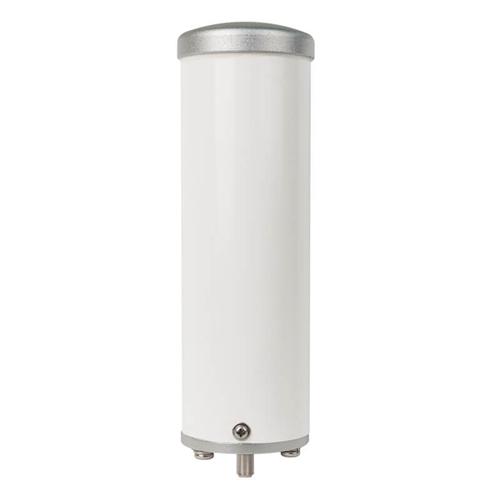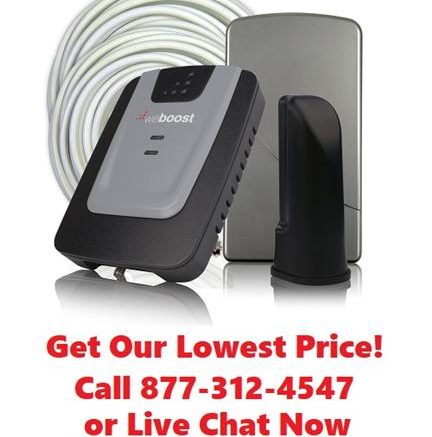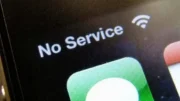Let’s say you’re planning to install a cell booster. You’ve read plenty of tutorials. Maybe you’ve even read one or two on this blog. They all say the same thing: you want to put that outdoor antenna up 15 feet above where you mount the indoor antenna. But what if that’s just plain not possible?
Why antenna separation is important
Every cell booster install guide starts and ends with antenna separation. Putting the outdoor antenna far from the indoor antenna is the most important part of installation.
Cell boosters work by taking a signal from outside and bringing it inside where it’s rebroadcast. You’ll get the best cell reception by putting the outdoor antenna above your neighbors’ roofs and trees. The ideal height for a cell booster is actually 20-35 feet above ground level. That’s about where most cell towers are. If you put the antenna higher than that you’ll probably lose signal. Cell towers focus their signals down, not up.
It’s also important that there be as much separation as possible between the two antennas. If either antenna can receive what the other antenna is transmitting, the system will automatically cut power to compensate. This is a safety measure designed to keep not only your cell booster working, but keep the entire system healthy.
If 15 vertical feet isn’t possible
Sometimes it’s not possible to get that antenna up high. If you live in an apartment complex, that may be right out. If your homeowners’ association doesn’t allow tall masts, you might have a problem. Certainly there are other options including lower-powered cell boosters, but of course you want the most power you can get.
If you can’t get that height, the next best choice is to get as much horizontal separation as possible. Put the outdoor antenna and indoor antenna on absolute opposite corners of the house. Keep in mind that if you bought a booster that covers the entire house, you won’t get the full value of it without enough separation.

You should also choose a booster with an omnidirectional antenna like this one. This may not make sense to you. You would think what you’d need is a directional antenna pointed away from the house. The problem is those directional antennas are actually more sensitive so they may cause more signal problems than they solve. The omni antenna may also cause you fewer problems with the HOA because it’s smaller.
Don’t give up home
You can still have great cell service indoors even though you can’t follow all the instructions. Just know that you might not get the full rated range of the booster you buy. You’ll still get better coverage than you have now.
If you have a question about cellular boosters or any other technology, give the experts at Solid Signal a call! The number is 888-233-7563 and you’ll get straight to our US-based call center where you’ll find someone who will help you make the right choice.





